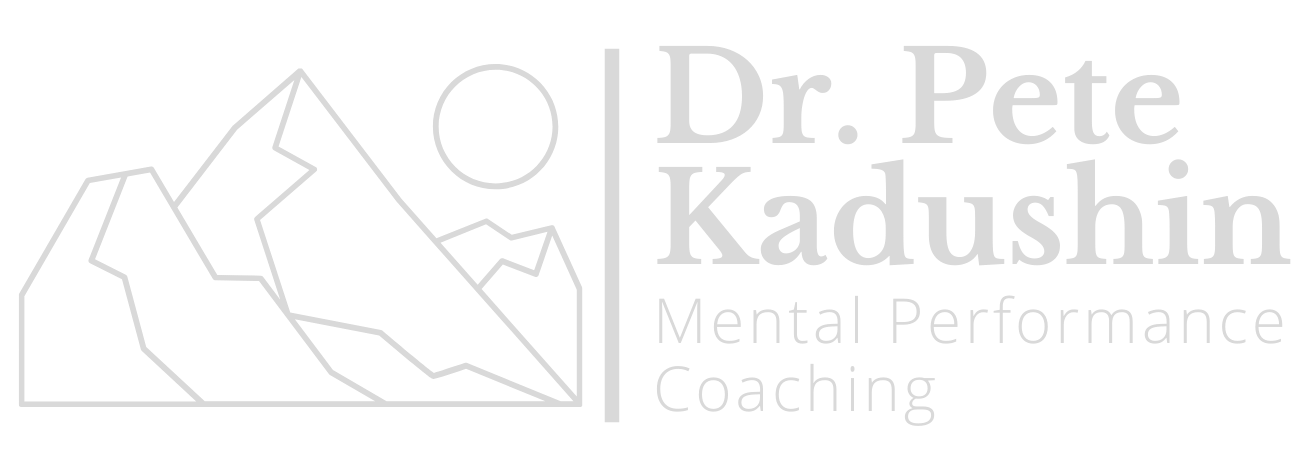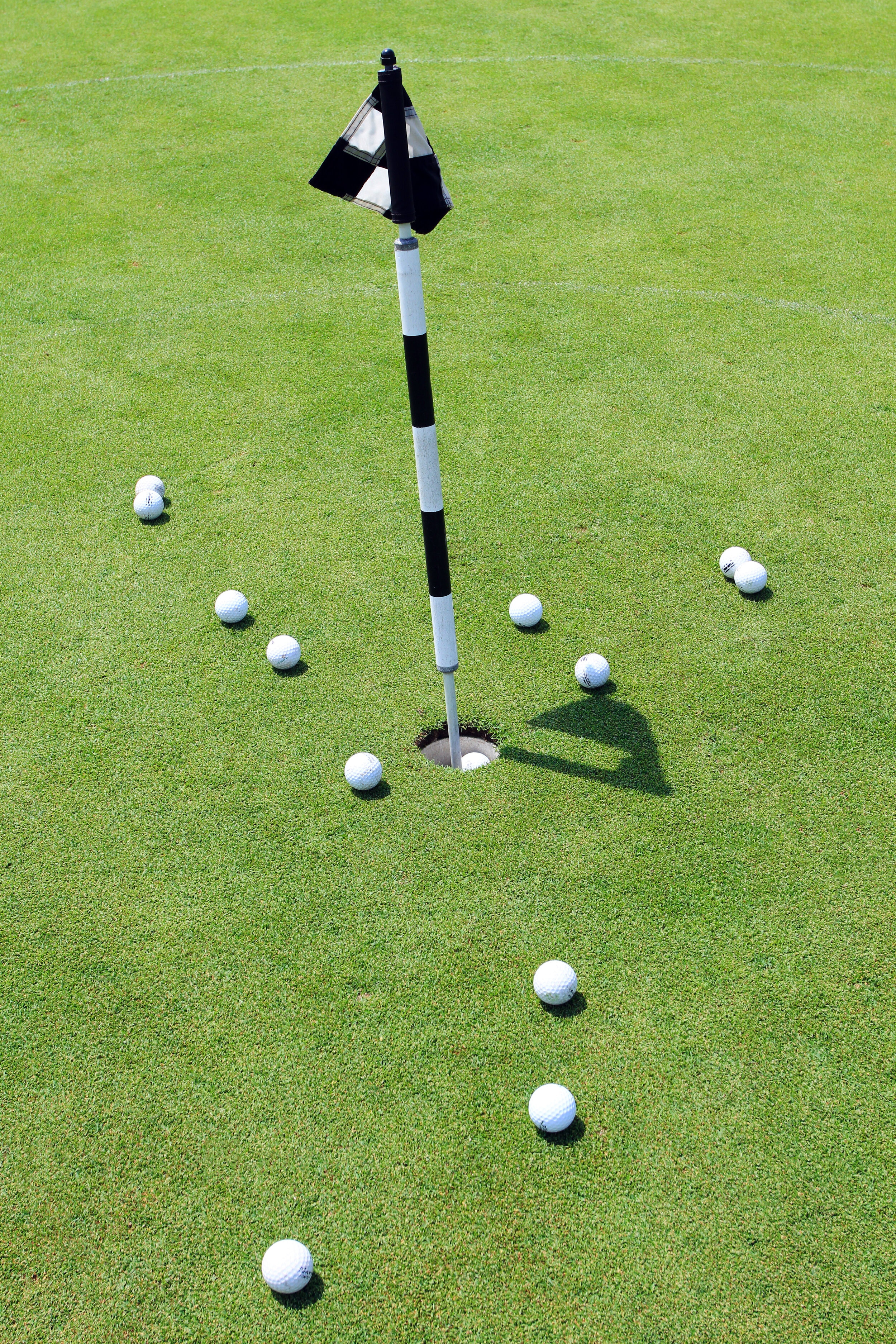How Does Mental Training Work?
You have two jobs as an athlete.
Learn as much as you can, as fast as you can, as often as you can.
Put those lessons to work when it counts most.
Mental Training, when done right, is designed to help you build and refine the skills that are necessary to do both of those tasks at a high level.
Each job needs a different mindset. The problem is, we usually get stuck in between in the mucked up mindset, making us worse at learning and worse at executing under pressure.
Job 1
Requires athletes to get to the edge of their capacity quickly and train there.
Sadly, this isn't how most athletes train. They spend practice playing it safe, working on skills they’re already good at, or worrying about what teammates and coaches are thinking about them.
The alternative is to develop a growth mindset - one that allows us to focus on the progress we’re making, and helps us let go of the fear associated with looking bad or performing poorly in practice.
We also need to develop the habit of deliberate practice, which systematically helps us hunt for the edge of our capabilities and pushes us to elevate our game each day.
Job 2
Requires athletes to take those hard earned lessons and make them happen while under pressure to perform.
For this, you need to develop your trusting mindset.
It’s no good if you can crush it in practice and don’t know which end zone is yours in the middle of a game!
The problem is, what we've trained most is what we go to first under pressure. This holds true for physical skills, mental skills, and strategy/decision making.
The bottom line is: If you haven’t trained under pressure, you’re not going to be able to perform under pressure.
There are two key hurdles for most athletes.
Being able to nurture both of these mindsets separately so you don’t get stuck in the mucked up mindset
Being able to switch mindsets on command so that you can learn when it’s time to learn, and perform when it’s time to perform.
The first step is getting clear on when you need to be in a growth mindset and when it’s time to shift to a trusting mindset.
The second step is ruthlessly sticking to the boundaries you set so that you can ditch the mucked up mindset and level up your mental game.
It only works if you work. Time to get after it!

